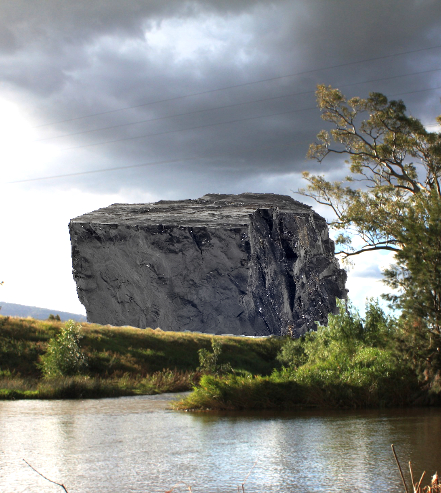Report slams Hunter coal drive
 An economist has described plans for new coal mines in NSW’s Hunter Valley as “absurd”.
An economist has described plans for new coal mines in NSW’s Hunter Valley as “absurd”.
In the Upper Hunter Valley, there are proposals for new coal projects with a combined output of 98 million tonnes per year.
This is equivalent to ten new mines, each of the same size as the controversial Carmichael mine, according to new research from the Australia Institute.
These proposals for major new coal mines in NSW, and in the Upper Hunter in particular, follow the doubling of production from 130 million tonnes in 2000 to 260 million tonnes in 2014.
While governments and the coal industry expect this growth to continue, analysts say that NSW production peaked in 2014 and is not coming back.
Already, some existing coal mines are operating well below their approved capacity. IN 2018, plans to expand the export capacity of the Newcastle Port were scrapped, with the coal industry itself citing a lack of world demand for export coal.
More recently, estimates of capacity required for the Hunter coal railways have been revised down.
“Trying to build 10 new Adani mines’ worth of coal mines in the Upper Hunter at precisely the time world demand for coal is falling is absurd,” says Dr Richard Denniss, chief economist at the Australia Institute.
“World demand for coal is falling, not rising.
“The NSW Government’s enthusiasm in approving a record number of coal mines does little more than offer false hope to the Hunter region, locking huge parts of the Hunter into the past while failing to plan for the future.
“New coal mine approvals destroys prime Australian farmland, which impacts current and future investment in Australia’s agriculture, wine, and tourism industries, leaving significant liabilities for the NSW Government and lasting scars on the Upper Hunter.
“What we need is a moratorium on the approval of new coal mines, so the NSW Government can look at all of the applications currently in train and develop a cohesive plan. At the moment there are more mines seeking approval than could ever be handled by the rail networks and the Port of Newcastle, let alone the world’s coal customers.”
The full report on new coal in the Hunter Valley is accessible in PDF form, here.







 Print
Print